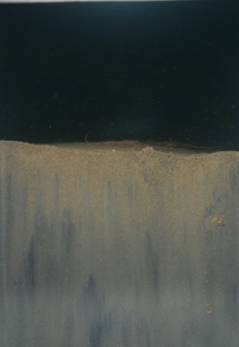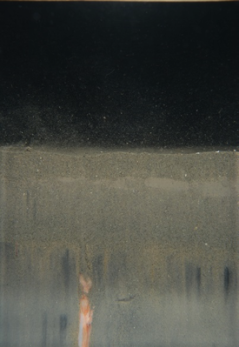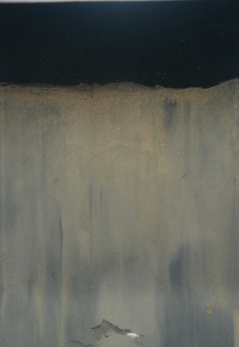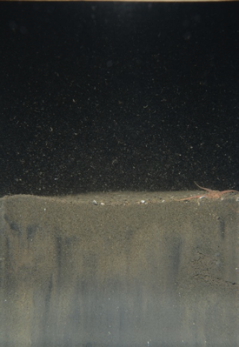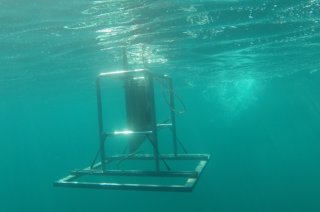
SPI on board
In BENTHIS the SPI camera is used alongside a number of other sampling techniques to look at the changes in the sediment prior to and after fishing. The sediment profile imaging (SPI) camera makes use of a prism that is inserted into the seabed to take photos of the profile of the sediment. Based on colour changes in the sediment inferences can be made on the function of the seabed in terms of biogeochemical cycling.
Lorna Teal is responsible for the SPI work. She shows me a picture “Here you see light brown sediment, that means that it is oxidised. In this sediment nutrients will be recycled faster than in the grey or black sediment where no oxygen is found. We measure the depth of the colour change in the sediment from the images. This gives us some idea of the sediment structure and the amount of biological activity”.
In the North Sea in June 2014 BENTHIS compared the impact of two types of fisheries, a pulse and a beam trawl. Teal: “We were able to take images within 2 hours following fishing, as well as 24 hours later and 48 hours later. We observed clear changes to the sediment structure directly after fishing where a layer of loose sediment appeared on the sediment surface and the colour of the sediment was mainly grey. As time went on the initial structure and colour of the sediment appeared to return back to the initial state prior to fishing.” The researcher expects the full analysis and results to be ready in 2015.
